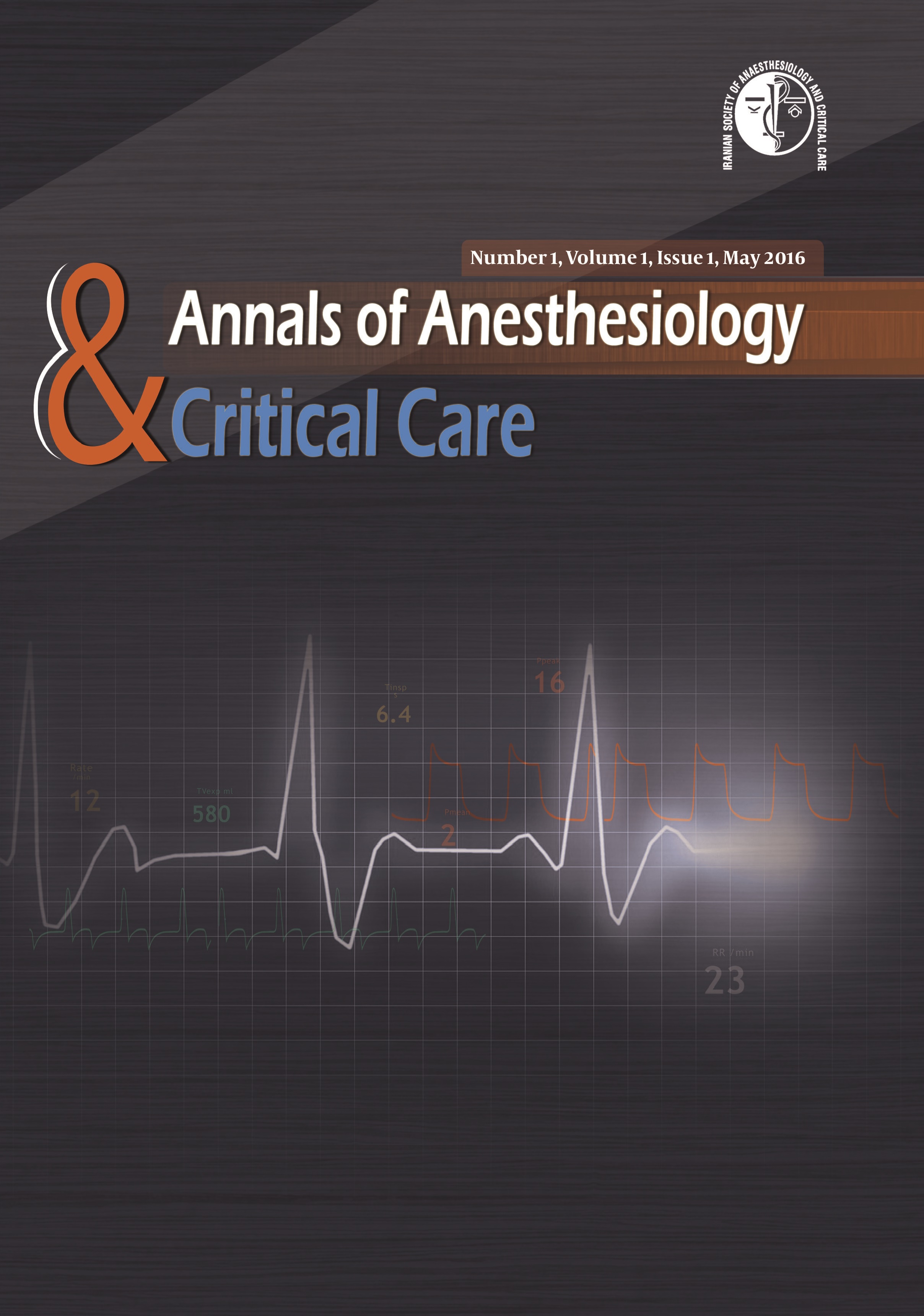Emergency Surgery for Acute Dissection of the Ascending Aorta
Annals of Anesthesiology and Critical Care,
Vol. 1 No. 1 (2016),
28 December 2016,
Page 1-3
Background: Aortic dissection is a nonprevalent disease and its late diagnosis can be life-threatening with a high mortality rate.
The timely treatment of this disease can increase the survival rate considerably.
Objectives: The aim of this study was to provide a surgery report of patients with aortic dissection operated in a community hospital.
Methods: In this descriptive study, the mortality rate and operation events of five patients with an acute aortic dissection referred
to a community hospital were reported during the period of 2011 to 2015.
Results: In this study, 5 patients with aortic dissection referred to the cardiology emergency ward of the hospital were operated.
Twoof five patients were males; one of them had the Marfan’s disease and another one had the bicuspid aortic valve. The remainders
were females; the first case was an old woman with a traumatic chest injury who died during the operation due to arrhythmia. The
second case was a 42-year-old pregnant woman suspicious to Marfan’s disease with a history of sudden death in her brother. The
third woman was a case of aneurysm of ascending aorta with a bicuspid aortic valve.
Conclusions: The findings of this study show that early diagnosis and timely operation can increase the survival rate of patients
with an aortic dissection.
